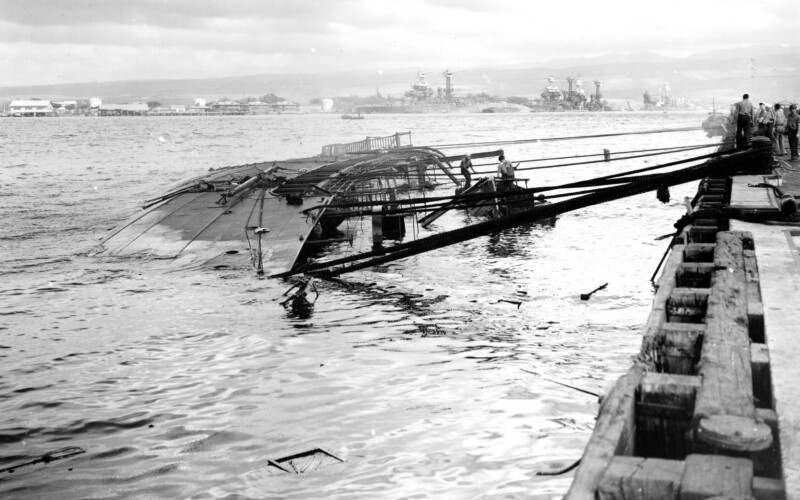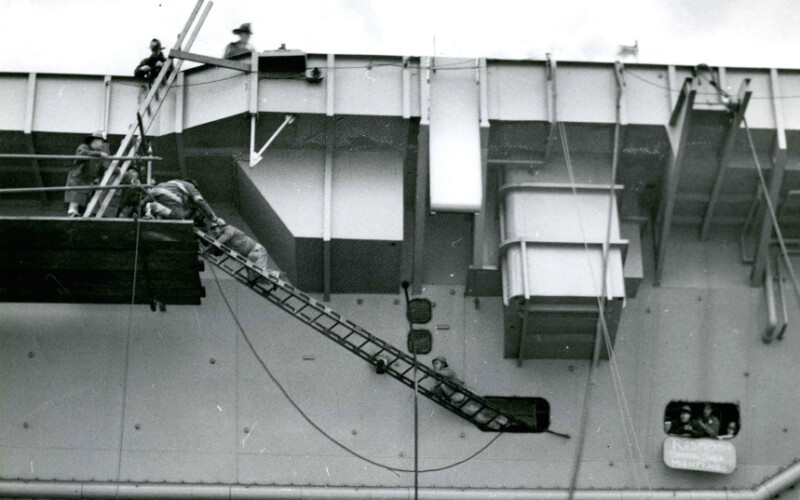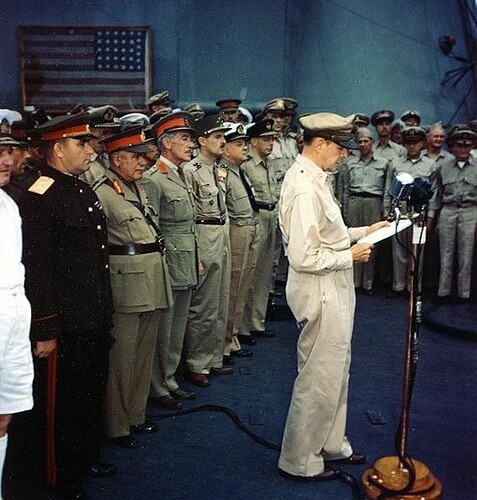We have experience hosting a range of audiences, from college classes to birthday parties to company outings, and we customize our tours to meet your group’s interests and needs.
Book a private tour today
To mark the 80th anniversary since the attack on Pearl Harbor, this virtual program will examine the connections between the fleet in Hawaii in 1941 and the Brooklyn Navy Yard. …
Read more

Today marks the 57th anniversary of perhaps the darkest day in the history of the Brooklyn Navy Yard. To commemorate the fire on board the USS Constellation, we are going …
Read more

September 2 marks the 70th anniversary of the official end of the Second World War, when Japan signed the Instrument of Surrender in Tokyo Bay in 1945. While we are marking …
Read more
